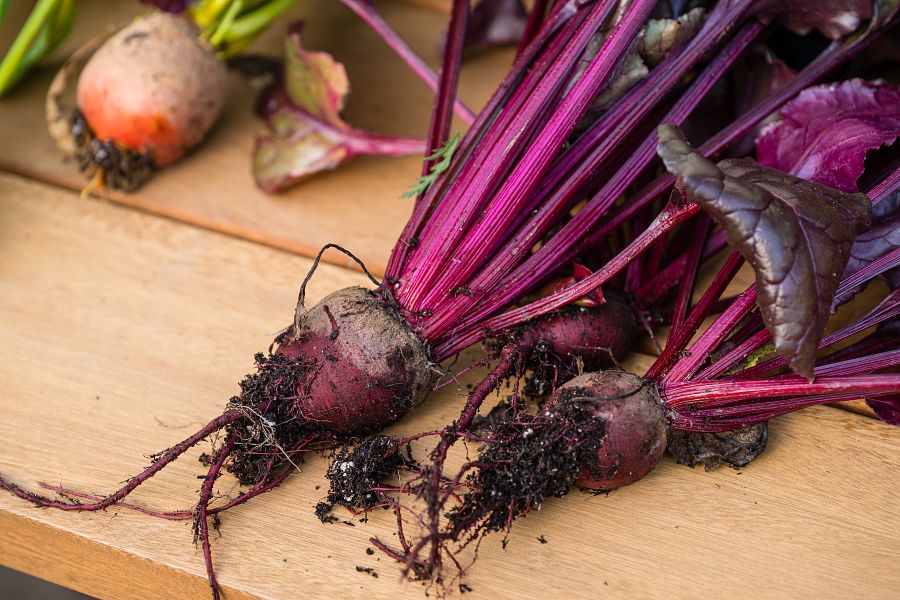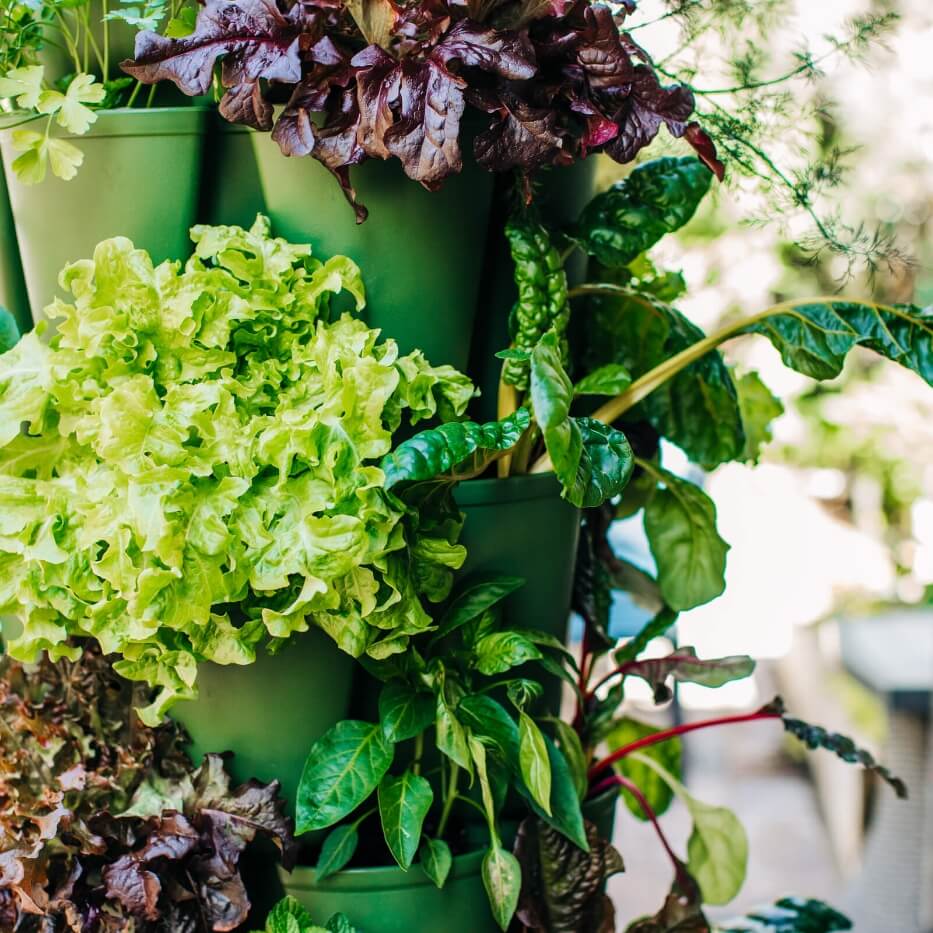One of the beautiful things about GreenStalk is the variety of plants you can grow in a small space. You can maximize your harvest even further by rotating the type of crops you plant based on the season.
Here at our office in Knoxville, Tennessee, we have three distinct seasons - but you may have a shorter or longer time to grow depending on where you live. For the sake of clarity, let’s talk about three seasons: spring (March-May), summer (June-August), and fall (September-November).
Growing from seed or starter plant is up to you - growing from seed is cheaper, but you may want to choose starter plants if you have a shorter growing season.
Spring
-
Level 1: Plant strawberries in the early spring from starter plants or bare roots. More on growing strawberries here.
-
Level 2: Plant root veggies like carrots, turnips, beets, radishes, and more. They’ll thrive in cooler weather.
-
Level 3 & 4: Plant herbs and lettuce, including basil, oregano, parsley, romaine, and more. Some herbs, like cilantro, do better in cool weather. Other warm weather herbs will grow into fall.
-
Level 5: This space can be used for lettuce or other fast-growing cool weather crops like spinach or chard.

A suggested guide for spring, summer, and fall planting in the GreenStalk
Summer
-
Level 1: The strawberries will start to produce fruit. Some will continue to produce all summer, depending on the variety.
-
Level 2: In early summer, replace cool weather root veggies with flowers or plants like Swiss chard, which can tolerate some heat.
-
Level 3 & 4: Replace cool weather plants with summer plants like bush beans or peppers. Herbs like basil and oregano will continue to produce.
-
Level 5: Replace lettuce with large summer veggies like tomatoes, cucumbers, squash, and eggplant.
Fall
-
Level 1: Once strawberries go dormant, you can cut off the dead leaves, and they’ll come back in the spring.
-
Level 2: Remove summer flowers and replace again with root veggies. Swiss chard will continue to grow into the fall.
-
Level 3 & 4: Remove your warm weather herbs and bush beans, and replace with lettuce and other leafy greens.
-
Level 5: Once you harvest your large summer veggies, you can plant larger cool weather brassicas like cauliflower, broccoli, cabbage, and collards.

Strawberries produce fruit in spring/summer and go dormant in the cooler months.
Top tips for growing seasonally
Always check your frost dates and maximum temperatures for your location against the growing time of your desired crops. If your growing season is too short, you may want to start seed indoors or purchase starter plants instead of direct sowing.
Don’t be afraid to ask for help! Your local extension and plant nursery workers can be a great resource for knowing what grows best in your climate. You can also check our GreenStalk Gardeners Facebook Group to see what has worked for others in your area.
Make sure to refresh the soil between plantings. When you pull out your spent plants, top off the pockets with fresh soil or compost to replace nutrients used by plants and washed out by watering.
We’re rooting for you! You can set up a gardening consultation with our Lead Gardener, Susie, by emailing support@greenstalkgarden.com.










